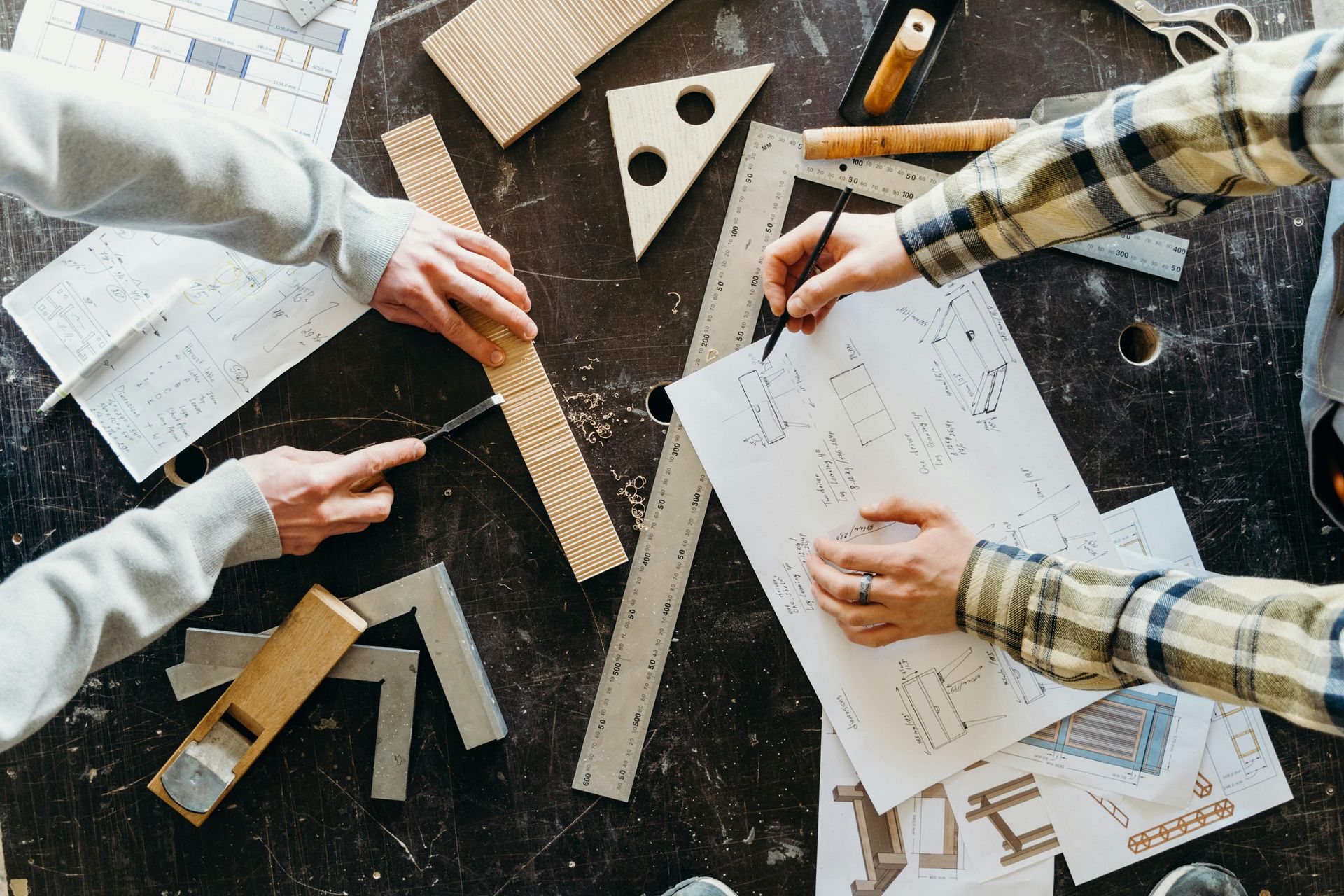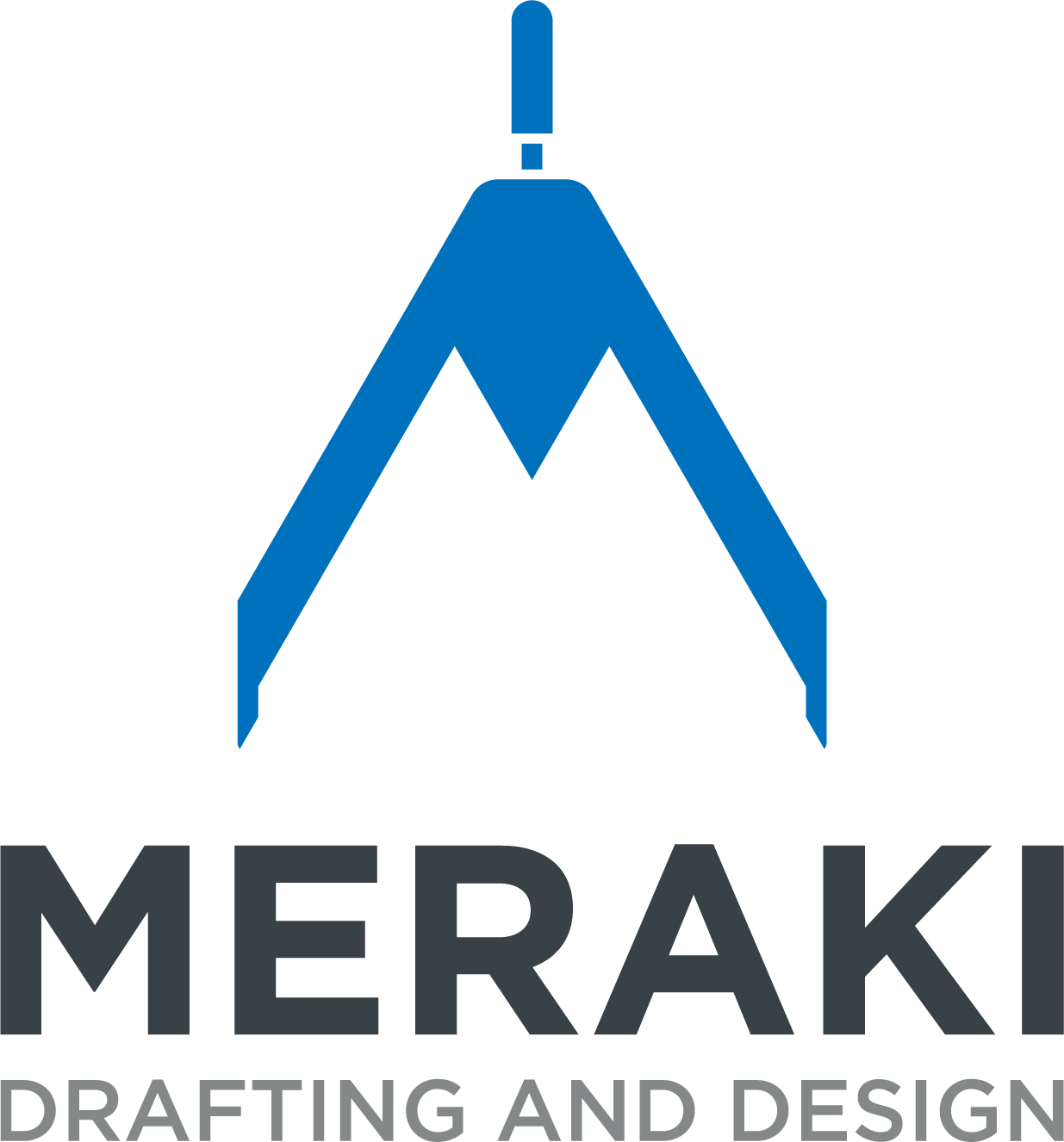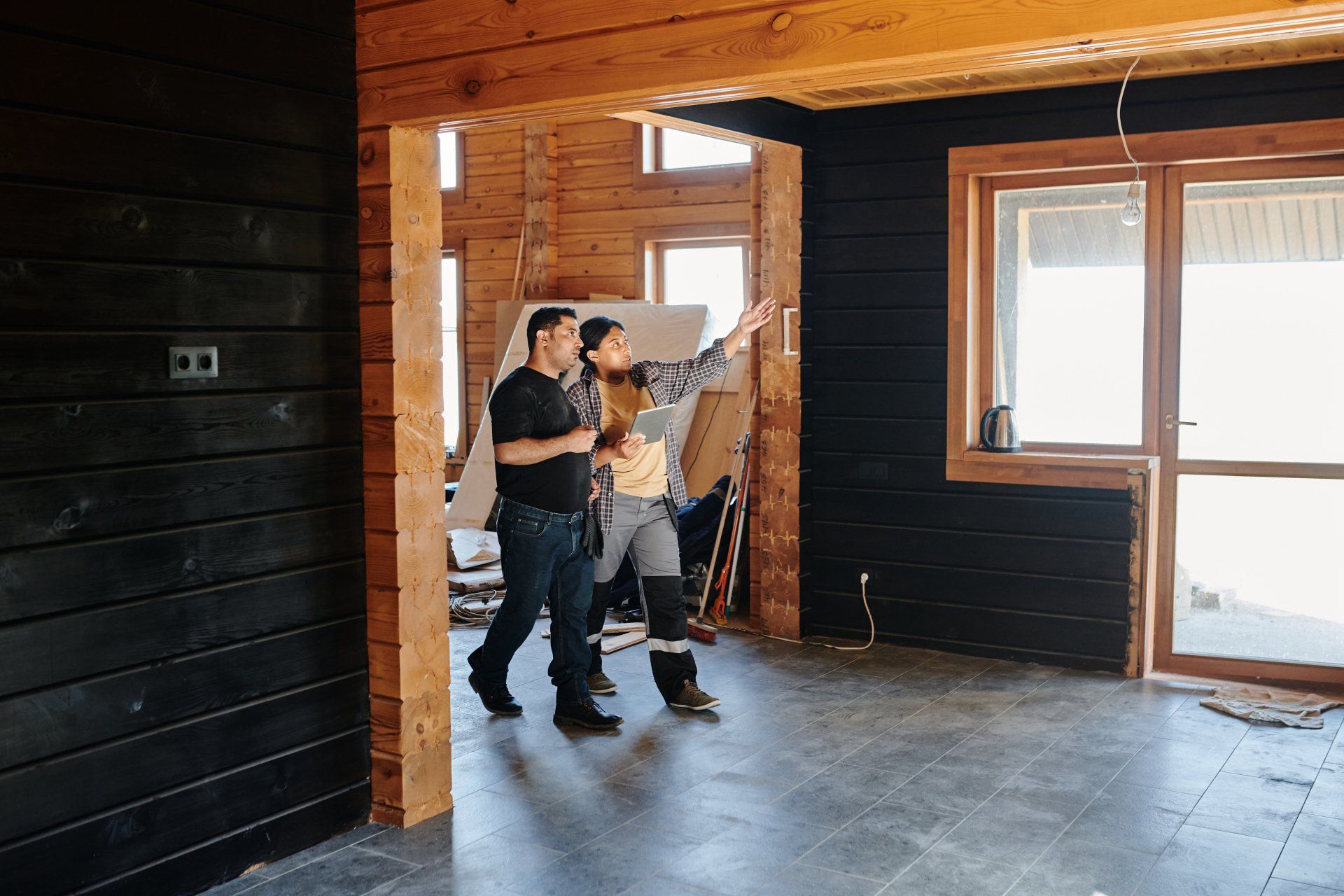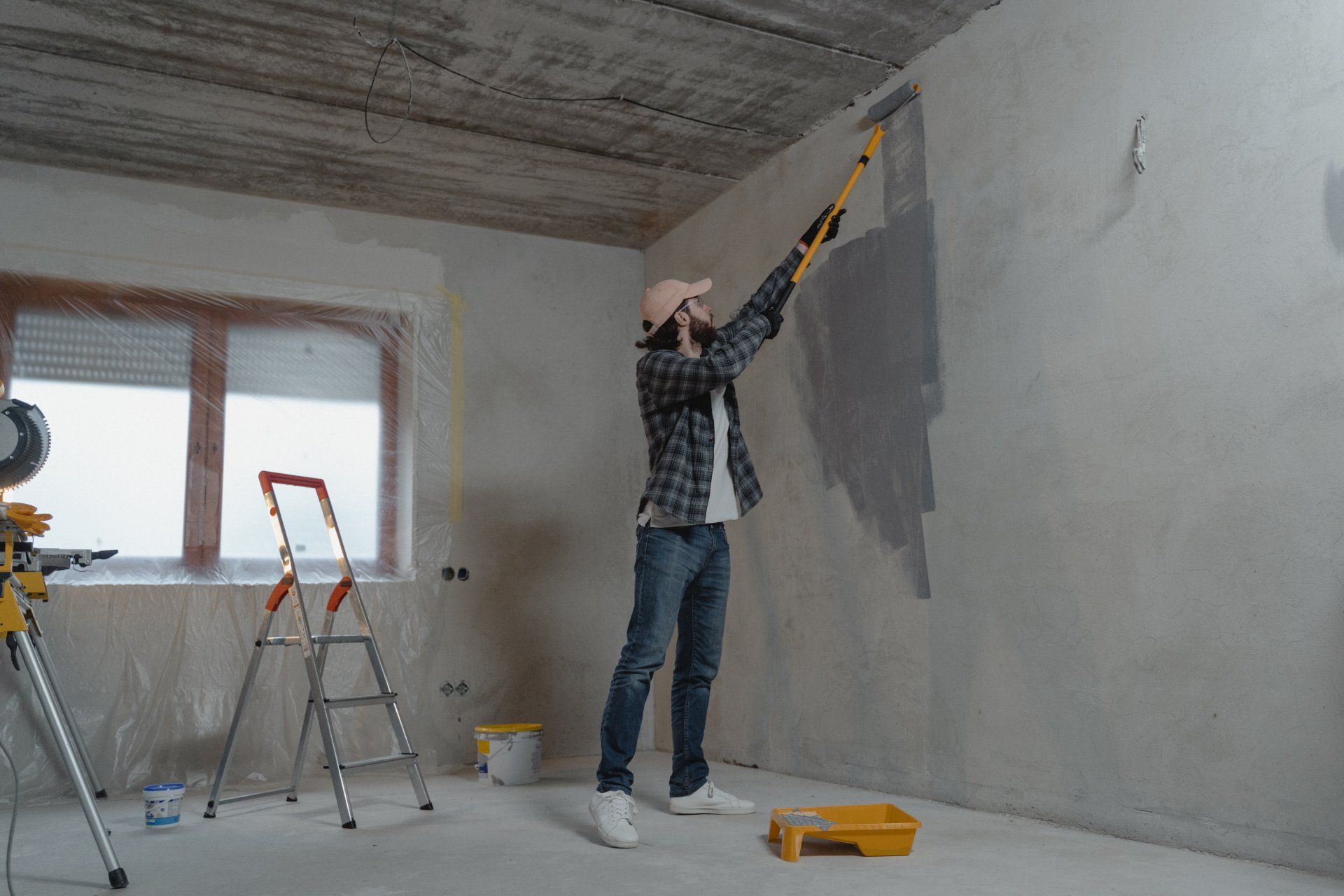Collaboration Tips: How Contractors and Drafters Can Work Better Together
In the construction industry, a seamless relationship between contractors and drafters is a cornerstone of successful project execution. The accuracy of house plans, the efficiency of the construction process, and the overall satisfaction of clients depend heavily on this partnership. Contractors and drafters must work hand-in-hand to transform ideas into reality, ensuring that each phase of a build runs smoothly.
Whether you're managing a residential project or a large-scale commercial build, fostering strong collaboration with your drafting service is key to creating precise designs, avoiding costly errors, and achieving a shared vision. In this post, we'll explore practical tips to strengthen the relationship between contractors and drafters, ultimately leading to more efficient and successful projects.
Communicate Early and Often
The foundation of any good partnership is communication. In construction, this principle is even more critical, as the smallest misunderstanding can lead to expensive delays, material waste, or design flaws. From the very beginning of a project, contractors should aim to maintain open, clear, and regular communication with their drafters.
Why Early Communication Matters:
- Set Clear Expectations: Contractors should start by outlining their goals, timelines, budget constraints, and any specific design features or challenges. The more information the drafting team has upfront, the easier it will be to create house plans that align with the project's requirements.
- Avoid Misunderstandings: Consistent communication helps prevent miscommunications that can cause significant issues. For example, if a contractor forgets to mention an important feature—like a custom roof design or non-standard window placements—it can create major rework during later stages of construction.
- Address Issues Early: Sharing information early allows draftsmen to foresee potential problems in the design phase rather than on the construction site. For instance, drafting teams can alert contractors to structural challenges or design elements that might clash with local codes or client requests.
Best Practices for Communication:
- Regular Check-ins: Set up regular meetings or check-ins at key project milestones. These can help ensure that everyone is on the same page and that changes are addressed in a timely manner.
- Share Project Documents: Share all relevant project documents with your draftsman as early as possible. These might include architectural sketches, client preferences, zoning restrictions, or even photos of the construction site.
- Keep Lines Open: Even if it's a quick question or clarification, keeping communication flowing can prevent small issues from snowballing into bigger problems. Encourage both teams to reach out whenever necessary.
Provide Detailed Feedback
House designs can be intricate and complex. Once a draft has been delivered, it's essential that contractors take the time to review the plans carefully and provide detailed feedback. The drafting process is a collaboration, and refining the designs is an ongoing effort that requires input from the construction team.
The Importance of Thorough Review:
- Catch Errors Early: The earlier potential issues are identified, the easier they are to correct. Contractors should look for any discrepancies between the house plans and the actual conditions of the building site or any misalignments with the client's vision.
- Prevent Costly Revisions: Detailed feedback minimizes the risk of having to make changes after construction has begun. Revising a house design at an early stage is far less expensive than having to adjust a foundation or alter a structural wall mid-build.
- Ensure Client Satisfaction: Contractors act as the bridge between the client and the draftsman. By reviewing drafts carefully and making sure that the plans meet client expectations, contractors can avoid dissatisfaction or costly client-driven changes later in the process.
How to Provide Effective Feedback:
- Be Specific: When reviewing the draft, point out any areas of concern with as much detail as possible. Whether it's the placement of windows, room dimensions, or material specifications, clear and actionable feedback will help the draftsman make the necessary adjustments efficiently.
- Prioritize Issues: Not all feedback is created equal. Identify which elements are essential and which are minor preferences, so your drafting team can focus on what matters most.
- Collaborate on Solutions: When pointing out potential issues, be open to brainstorming solutions with your draftsman. They may suggest alternative designs or features that address your concerns while keeping the project timeline and budget intact.
Trust the Expertise of Your Draftsman
While contractors bring extensive experience in on-site construction, drafters specialize in translating those construction needs into precise, functional house plans and designs. It's important for contractors to trust the expertise of their drafting team and be open to their suggestions.
Leveraging Drafting Expertise:
- Building Code Knowledge: A skilled draftsman has in-depth knowledge of local building codes and zoning laws. They ensure that house plans comply with all regulations, preventing costly fines, delays, or legal complications. Whether it's accommodating earthquake resistance in California or planning for colder climates in Nebraska, draftsmen consider all the technical details required to make the design feasible.
- Efficient Solutions: Drafters often know the most efficient ways to approach a design challenge. For example, if a contractor wants to maximize natural light while maintaining energy efficiency, a draftsman might recommend specific window placements or alternative materials to achieve both goals.
- Problem-Solving Capabilities: When design or site challenges arise, draftsmen can offer creative solutions to resolve them. Trusting their input can lead to a better overall project outcome, as they have experience working through similar issues on other builds.
Foster a Collaborative Environment
Building a successful project requires more than just strong collaboration between contractors and drafters—it requires seamless coordination between all stakeholders, including architects, engineers, clients, and subcontractors. Fostering a collaborative environment where everyone's input is valued creates a more cohesive project from start to finish.
Benefits of Cross-Team Collaboration:
- Enhanced Design Integration: Drafters, architects, and contractors all have different perspectives and areas of expertise. Bringing these teams together early on fosters a more integrated approach to house design, leading to fewer discrepancies between the design and the actual build.
- Preventing Scope Creep: Collaboration across teams ensures that everyone is working toward the same vision. When all stakeholders are involved from the outset, there's less risk of scope creep—where unplanned changes or additional requests derail the project timeline or budget.
- Smoother Construction Process: A well-coordinated team of contractors and drafters leads to more efficient workflows. When everyone understands the project's timeline, constraints, and requirements, construction phases are less likely to overlap or conflict, resulting in fewer delays and a smoother overall process.
Tips for Encouraging Collaboration:
- Organize Joint Meetings: Early in the project, organize meetings that include key stakeholders, such as the draftsman, contractor, architect, and client. This ensures that everyone is aligned on the project's goals and expectations from the start.
- Use Collaborative Tools: Embrace project management and collaboration tools that allow for easy sharing of drafts, feedback, and updates. Cloud-based platforms or drafting software that facilitates real-time collaboration can streamline communication between teams.
- Encourage Open Dialogue: Create an environment where team members feel comfortable sharing their insights or concerns. This open dialogue helps identify potential problems before they become major issues and encourages innovative solutions from all parties involved.
Adapt to Changes Together
Changes are inevitable in construction projects. Whether it's a client's new request, an unexpected site condition, or an adjustment to comply with building codes, contractors and drafters must be flexible and responsive to changes. However, the key is to adapt to these changes together to avoid disrupting the flow of the project.
How to Handle Changes Collaboratively:
- Plan for Flexibility: Build flexibility into your project timeline and budget to accommodate potential design changes or unforeseen issues. Having this buffer allows for adjustments without throwing the entire project off course.
- Discuss Changes as a Team: When changes arise, gather input from the drafting team and other stakeholders. Collaborative problem-solving leads to solutions that consider both the design and construction aspects of the project, minimizing disruption.
- Keep Clients in the Loop: When changes are necessary, keep the client informed of the reasons behind the modifications and how they will impact the project. A well-coordinated effort between the contractor, draftsman, and client can keep the project moving forward smoothly, even in the face of changes.
Conclusion: Building Stronger Contractor-Drafter Relationships
The relationship between contractors and drafters is one of the most crucial components of a successful construction project. By fostering open communication, providing detailed feedback, trusting the draftsman's expertise, and encouraging collaboration across teams, contractors can create stronger partnerships that lead to better project outcomes.
Effective collaboration doesn’t just save time and money—it also ensures that house plans and designs align with both the client’s vision and the practical realities of construction. Whether you’re working on a residential home or a commercial building, investing in these collaborative practices will lead to more efficient, successful, and satisfying builds.
Share on Social






